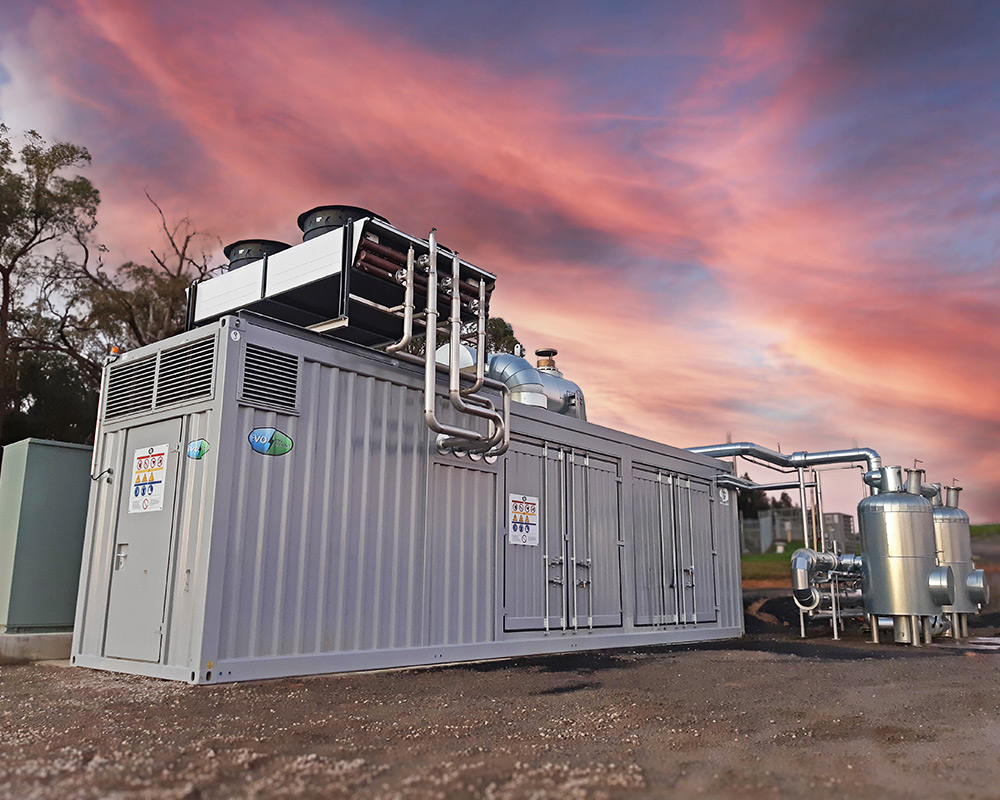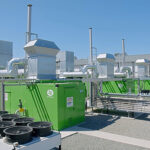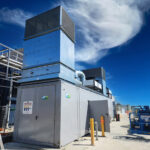Smart and Reliable Energy Soluions
CO2 Recovery & Environmental Impact: A Game Changer in Australia’s Energy Sector
- 10 January, 2024
- No Comments

A Glimpse into Australia's Energy Sector Advancements
Welcome to our latest edition of the Energy Update, focusing on key developments in Australia's energy sector over the past few months, particularly in the areas of biogas, biomethane, and CO2 recovery. These sectors are crucial for advancing Australia's sustainable energy goals.
Biogas & Biomethane News
Innovations
The biogas industry in Australia has been gaining momentum, with methanogens harnessed for producing biogas, a mixed gas mainly composed of methane, CO2, and hydrogen sulphide. Biogas is converted into biomethane through a cleaning and upgrading process. Biogas plants, crucial to the green energy mix, process waste organic matter to produce these gases. The combustion of biogas and biomethane, similar in function to natural gas, releases energy while being carbon-neutral, as the CO2 released is part of the existing biosphere.[1]
Market Trends
The Australian biogas industry is poised for growth. In 2021, the first large-scale biogas plant was announced in Nowra, NSW. According to the Australian Renewable Energy Agency (ARENA), Australia’s total estimated biogas potential is 103 terawatt hours, comparable to countries like Germany. This growth is significant as Australia, currently facing an energy crisis, sees a push from business and industry leaders for a transition to alternatives like biogas.
CO2 Recovery & Environmental Impact
Technological Breakthroughs
Carbon Capture, Utilisation, and Storage (CCUS) is being pursued in Australia as a key solution for CO2 emission reduction. This technology captures and stores or utilises CO2, reducing the amount currently in, or being released into, the atmosphere. CCUS, especially when combined with direct air capture, can remove CO2 from the atmosphere, playing a vital role in emission reduction strategies.[2]
Environmental Benefits
CCUS is a proven technology crucial for industries that inherently produce CO2 in their production processes, such as cement, steel, and aluminium. Captured CO2 can be utilised to create low-emission products, offering a net-zero-compatible economic opportunity for Australia. Although the current market size for CO2 utilisation is not large enough for global climate mitigation, it presents a viable economic opportunity within Australia.[2]
Conclusion
The past few months have witnessed significant advancements in biogas, biomethane, and CO2 recovery technologies in Australia. These developments are instrumental in Australia's pursuit of sustainable energy solutions and achieving its climate goals.
Stay updated with the latest developments in sustainable energy technologies in Australia. For more information and solutions in these sectors, engage with Evo Energy Technologies.


